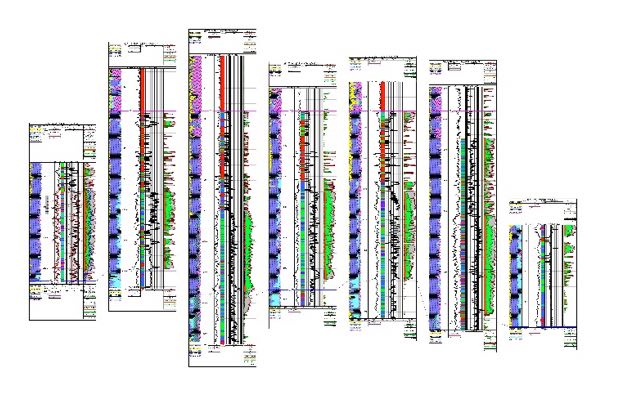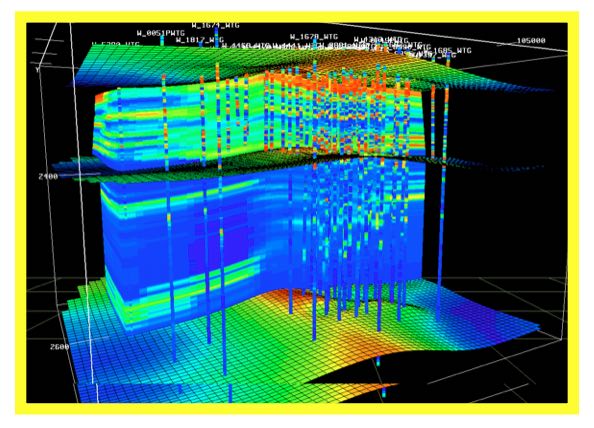Geology/ Geophysical Services
Integrated Geoscience Interpretation
The objective is to build a reservoir model that is able to predict how a reservoir or formation will produce. Our goal is to determine the optimum set of subsurface conditions that will yield desired results and minimize costs through strategic future drilling and optimal selection of targeted zones.
Our team approach allows for geology, geophysics, petrophysics, and data management professionals to work together with all the information in a collaborative environment in order to more fully understand the reservoir architecture and the fluids they may contain.
Services include:
- Database creation management & quality control
- Prospect generation
- Structural & stratigraphic framework
- Integrated petrophysical analysis
- Reservoir model construction
- 3D reservoir visualization
- Wellbore placement and reservoir exploitation modeling
- Preparation for reservoir simulation
Wallace International and its partners have at their disposal, cutting edge geoscience and software and computing technology. Our core applications run on a network PC system using Microsoft Windows 10 as our base operating platform. All our Geoscientists are competent users of:
In the end, our goal is to build the best reservoir model possible that utilizes all available data to determine the reservoir geometry along with its rock and fluid properties and predict the initial hydrocarbon in place prior to any production taking place.





